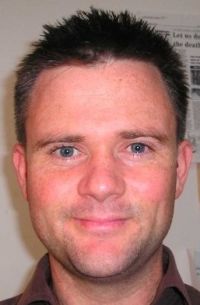
June 19, 2024
Initial reaction to the unveiling of the Coalition’s energy policy on Wednesday morning has been negative, especially from conservationist lobby groups.
* * *
The Queensland Conservation Council says regional communities deserve “a well-planned and actionable pathway” for transitioning their local economies, describing the Coalition’s “focus on uneconomic nuclear power stations” as “a dangerous distraction from real climate action”.
Director Dave Copeman said Australia needed to replace coal-fired power stations this decade to take action on climate and secure our energy future.
“We cannot do that by trying to build up a nuclear energy industry that will take more than 20 years,” he said.
“It is completely unfair to suggest to regional Queenslanders that the solution to bringing down their power bills is building a technology that will take decades to get off the ground and cost four times more than renewable energy backed by storage. Queenslanders are practical people and this is an impractical solution.”
“It’s not a coincidence that the State LNP is not supporting nuclear, because they would be responsible for delivering this technology, and they know it can’t work.”
* * *
The Coalition’s “nuclear fantasy” would create billions of tonnes more climate pollution, says lobbyists Solutions for Climate Australia
Director Dr Barry Traill said the policy was “a dangerous distraction from the urgent need to take action to reduce climate pollution this decade”.
“Let’s be clear – nuclear reactors are not a plan for climate, they’re a fantasy that serves to delay and distract from getting on with climate action,” Dr Traill said.
“Nuclear reactors are the most expensive energy source for Australia, produce toxic waste, and would take literally decades to build, during which coal and gas giants would continue to produce billions of tonnes of additional climate emissions.”
* * *
Climate Council CEO Amanda McKenzie says the Coalition’s nuclear proposal is “a smokescreen for its commitment to climate pollution, a clear case of radioactive greenwashing and a scheme for more climate pollution, it’s that simple”.
“The winners from this scheme are the multinational coal and gas corporations who will keep polluting until well past mid-century. On the other hand, as a result of this scheme, Australians will suffer from worsening unnatural disasters due to climate pollution,” she said.
* * *
Greenpeace Australia Pacific also dismissed the nuclear plan as “a distraction” calling it “a bad-faith delay tactic to prop up climate-wrecking coal, oil, and gas for as long as possible”.
“There is not a shred of credibility to the Coalition’s claims that nuclear is a climate solution in Australia. This slow, expensive and dangerous technology is just a distraction from readily available renewable energy solutions,” CEO David Ritter said.
“Let’s name the Coalition’s nuclear fantasy for what it is: a poison pill that claims to reduce emissions but instead locks us into coal and gas for decades while we wait for nuclear to overcome near-impossible economic and regulatory odds—resulting in billions of tonnes of avoidable emissions that will drive more deadly climate impacts.”
* * *
However, green groups are not the only ones expressing concerns.
Institute for Energy Economics and Financial Analysis (IEEFA) CEO Amandine Denis-Ryan says nuclear does not make financial sense.
“The research by IEEFA’s nuclear experts calls into question whether nuclear makes financial sense for Australia, for a multitude of reasons – timing, cost, compatibility with renewables and liability issues to cite just a few,” she said.
“Our research shows that nuclear reactors – both small modular reactors (SMRs) and gigawatt-scale reactors – in comparable countries have consistently taken longer and have been more expensive to build than expected. Nuclear plants in Australia cannot be built in time to replace Australia’s fleet of coal power stations, more than 90% of which are expected to retire in the next 10 years.”
* * *
Positive reaction has flowed from within the academic community:
Dr Jeremy (Jing) Qiu, a senior lecturer in electrical engineering at the University of Sydney said it was “imperative to explore diversified energy sources that bolster both energy independence and security”.
“Peter Dutton’s proposal for seven nuclear power plant sites in Australia presents a strategic step towards achieving these goals. Nuclear power offers a reliable, base-load energy option, complementing intermittent renewables and reducing reliance on fossil fuels,” Dr Qiu said.
“By strategically locating these plants, we can ensure a robust and resilient energy infrastructure, less vulnerable to supply disruptions. Additionally, integrating nuclear power into our energy mix enhances our ability to meet emissions targets while maintaining grid stability.
“However, it’s crucial to approach this endeavour with meticulous planning, incorporating comprehensive safety measures and rigorous regulatory frameworks. By embracing nuclear energy alongside renewables, Australia can forge a path towards a sustainable, secure, and independent energy future.”
* * *
Associate Professor Tony Hooker, director of the Centre for Radiation Research, Education and Innovation at the University of Adelaide, said his group was committed to addressing the lack of a trained workforce in nuclear engineering and safety specialists.
“Nuclear technology is used around the world with more countries ramping up investment in what is the safest form of reliable, clean energy available,” Associate Professor Hooker said.
“Nuclear has a valuable role to play in Australia’s future energy mix along with renewable energy while gas will still be an important energy source in the interim as we transition to nuclear power.
“Nuclear energy is not new to Australia and we have safely managed three nuclear research reactors since 1958 without major incident.
“Co-location of reactors next to existing coal-fired power stations is ideal because it will lower transmission costs and provides for a ready-made workforce with transferable skills.”
- Related article: Tarong Named As Nuclear Site
[UPDATED]













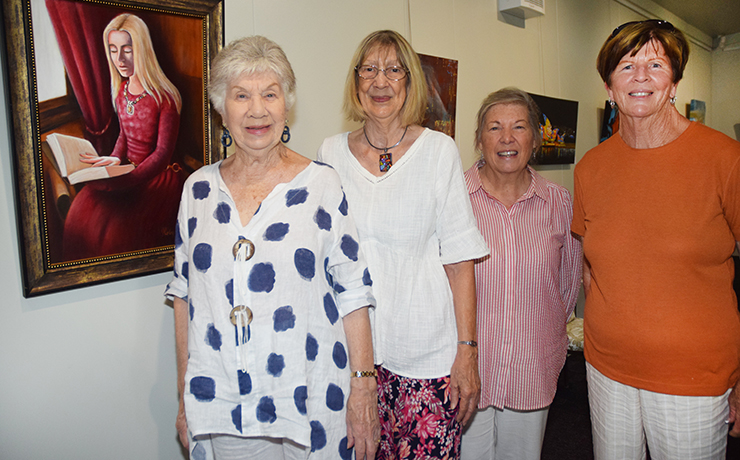
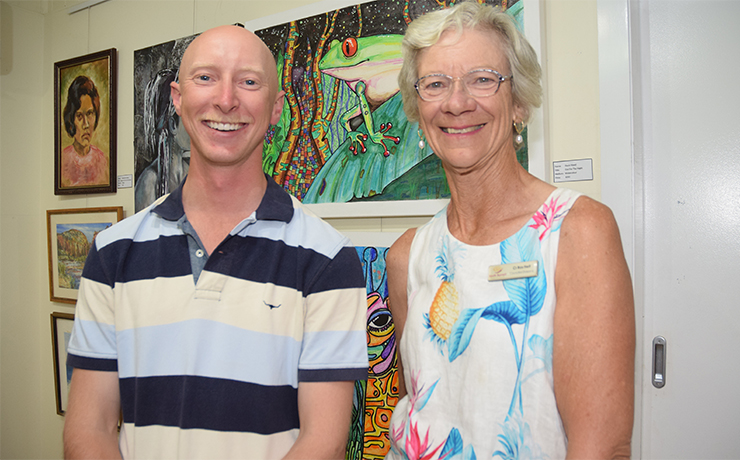


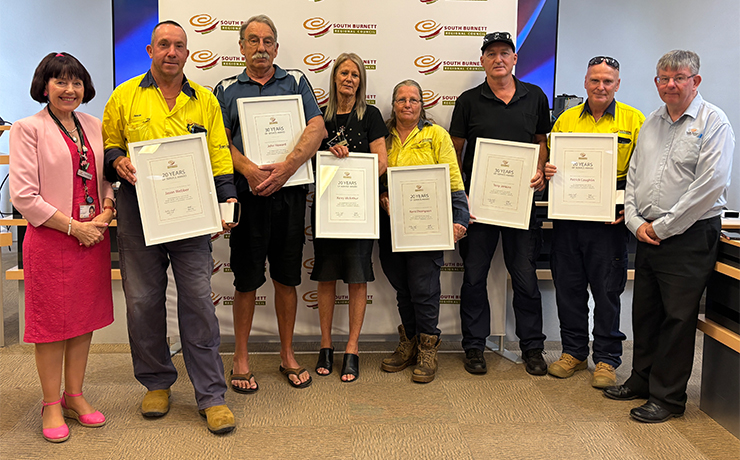

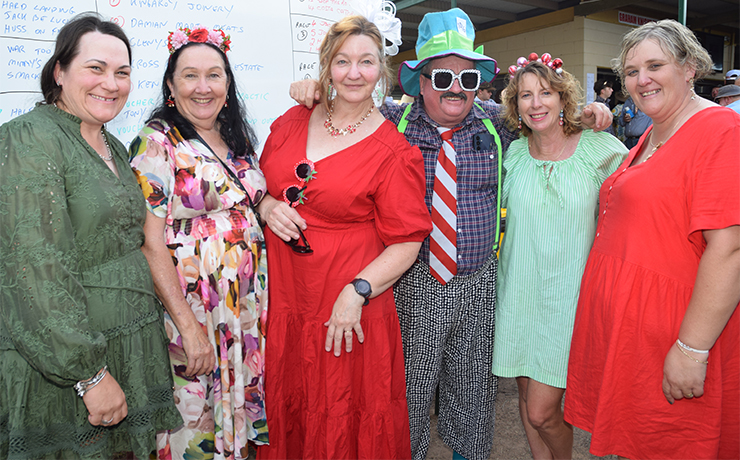
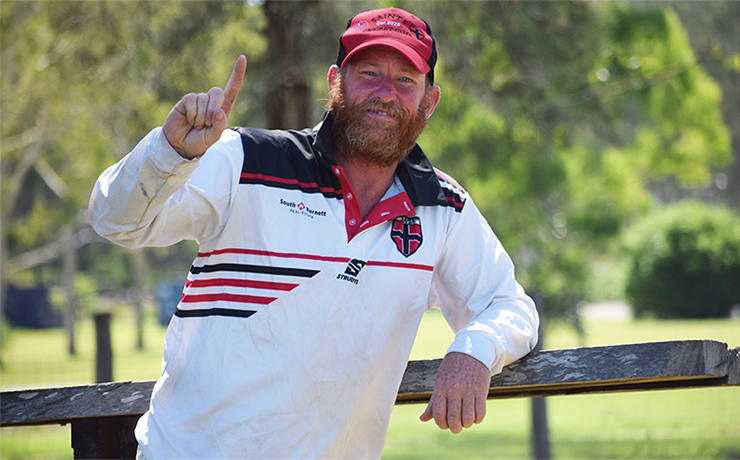

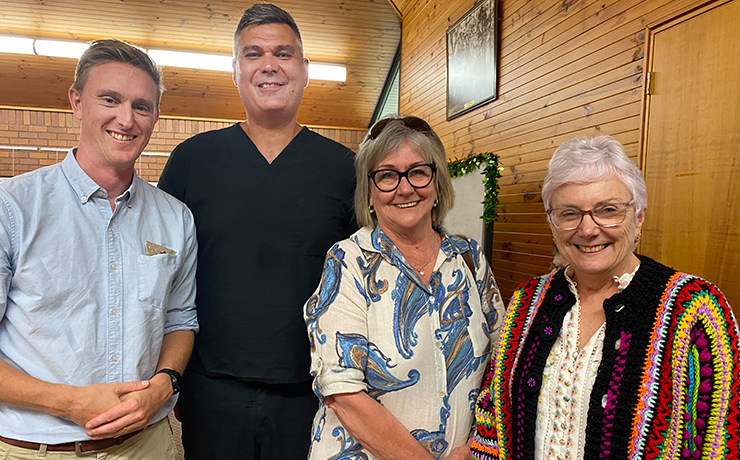
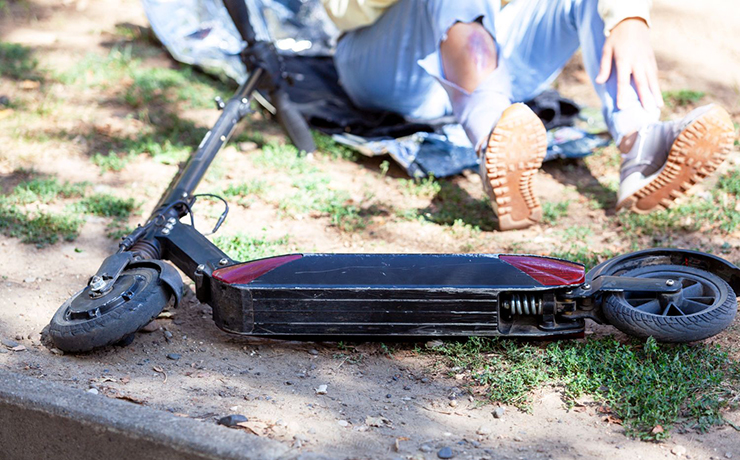
Littleproud, together with Dutton, do not really believe in climate change! They dislike wind and solar so hope to stop the proposed transition with a nuclear alternative (yet to be completed and costed). Time frame estimated? Disposal of waste? We live in a nuclear-free zone. Does the community want a nuclear facility at Tarong? I sincerely hope not!
I invested in home solar in the mid nineties and it promised much, delivered less. As a national or regional energy source it is a fantasy, a pretty delusion, because the reliable flow of energy is actually “unsustainable” and needs expensive storage. Nuclear in the seventies was in it’s infancy, unproven as far as safety goes. Today’s proven technology I trust – more than I trust greenwashing politicians.
Wind, solar and batteries will, on their own, NEVER provide a supply of electricity with the reliability expected by customers in Australia. If you can’t accept coal or nuclear, then you are in for some significant outages moving forward.
Fantastic news, bring it on asap! The greens and environmentalists are delusional thinking wind and solar are the solution.
You don’t need to look any further than Germany to see what a disaster renewables are, and while you’re there, look across the border at France’s success with nuclear making up 80% of their grid.
Plenty of high-paying and technical jobs for the South Burnett for 80+ years if it does become a reality, let’s hope this gets off the ground.
Time for Australia to stop being a technological backwater and embrace the 21st century. We’re mad not taking advantage of the most energy dense form of carbon-free power currently available to mankind.
It’s true that wind and solar alone won’t run the network, but that’s because you’ve overlooked the vital third component (ie batteries). And right now these are going to be built at Tarong, Ellesmere,and Borumba (pumped hydro is a “battery”) and there’s plans for others at Lower Wonga and Woolooga. And that’s just in our own tiny little region.
The supposed “unreliability” of renewable networks is a myth that comes from a misunderstanding of how the grid actually works. But you can get a better insight from this paper by two academics at Stanford University and the Uni of British Columbia, published by Yale’s School Of The Environment:
https://e360.yale.edu/features/three-myths-about-renewable-energy-and-the-grid-debunked
As for “lots of high-paying jobs”, most nuclear plants run on 250 staff which is about the same number employed by Stanwell at Tarong right now (ie. so no, it’s not good news for Meandu mine workers … but maybe they can get construction jobs during the 20 years it’ll take to build a nuclear plant).